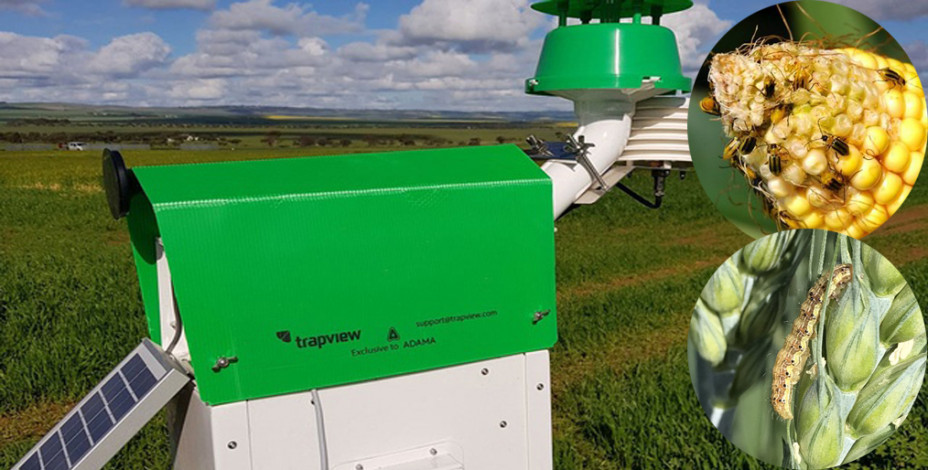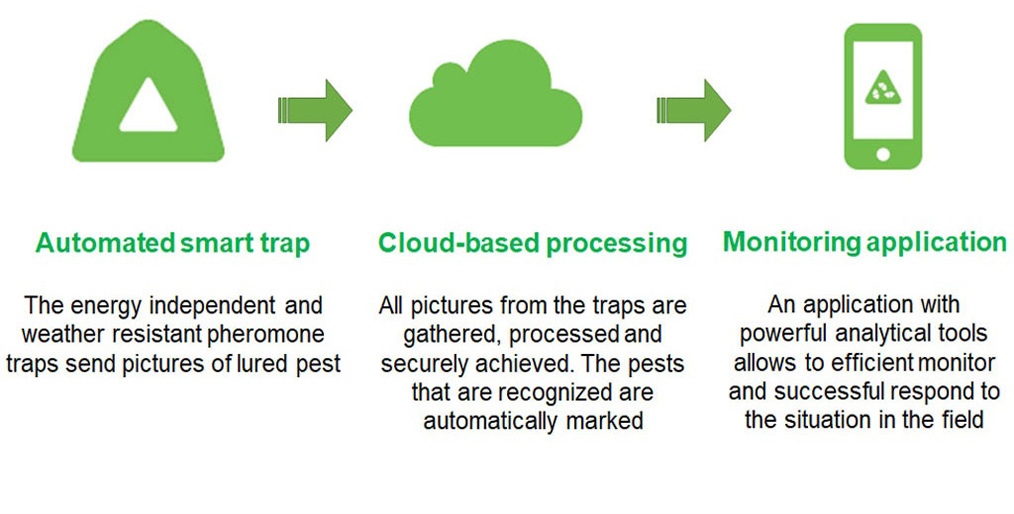
GFMM desk: Bangladesh Government introduces digital device for agricultural harmful pest control. The Department of Agricultural Extension or DAE is embracing digital technologies to monitor pest attacks on crops and in turn, minimize the damage these inflict by at least 5 percent. Officials say, the new technology will enable agents to attack the pest and make quick decisions on remedies to reduce its impact. DAE is considering a two-pronged approach to prevent pest attacks through the use of technology. Firstly, a 'digital device' will be placed in the fields to check for any pest outbreak. Secondly, the data collected on the ground will be transmitted directly to the data center via an "app" that reduces bureaucratic red tape. The focus of the initiative is Deputy Director of DAE Enayet Hossain, who believes that technologies will enable authorities to take natural measures that will make it easier to deal with pest attacks and reduce crop damage.

The DAE is implementing a project titled ‘TCP Projects on E-pest Surveillance’ to create the digital device and the app in association with Food and Agriculture Organisation of the United Nations. It will start off as a pilot project before being fully implemented. “Our staff at the block level always visit the fields and submit a report to the union level on attacks by different insects,” said Satkhira Ashashuni Upazila Agriculture Officer Rajibul Hasan. Results from all blocks are compiled and the data is sent to Upazilas from unions. It then goes to the districts and to the divisions. “The block level staff work at different levels which is time-consuming and prevents quick decision-making,” said FAO national pest management expert Mohammed Shaef Ullah. Shaef, also the chairman of Entomology Department in Bangladesh Agricultural University, believes the use of the ‘digital device’ will alleviate the problem of pest attacks. The digital device, called an ‘automated smart trap’, will consist of a camera, pheromone trap, sensor and GPS, he added. It will run on solar power. Explaining how the device will work, Shaef Ullah said: “Suppose, we want to work on the insect attacking aubergine plants; we’ll set the device up in a place where aubergine plants are prone to insect attacks.” “The insects will be attracted by pheromones and get trapped in the device. The camera inside the device will automatically click a photo of the insects and send it to iCloud.”

Officials will be able to access the information on their phone or laptop and the head office can reach a quick decision on a course of action against the attack before relaying it to farmers. Shaef Ullah said an app is being developed to ease and expedite the traditional process of data collection, coordination and analysis. A block staff can instantly upload the information he collected on the ground through the app. The data will directly reach the central dashboard and decisions will be taken on the next steps in quick time. The project will be test-run in 10 blocks in Dhaka’s Dhamrai and two Upazilas of Chuadanga, the expert said. “It takes a long time for the information on pest attack to reach the farmers. We’ll be able to quickly provide the farmers with information and recommend precautionary measures once the project is fully implemented,” said Enayet. Bangladesh loses 10-15 percent of its total crop yield due to invasion of plant diseases and pests. New technologies will help reduce emissions by 5 percent, he said. Source: Online/SZK
Comment Now